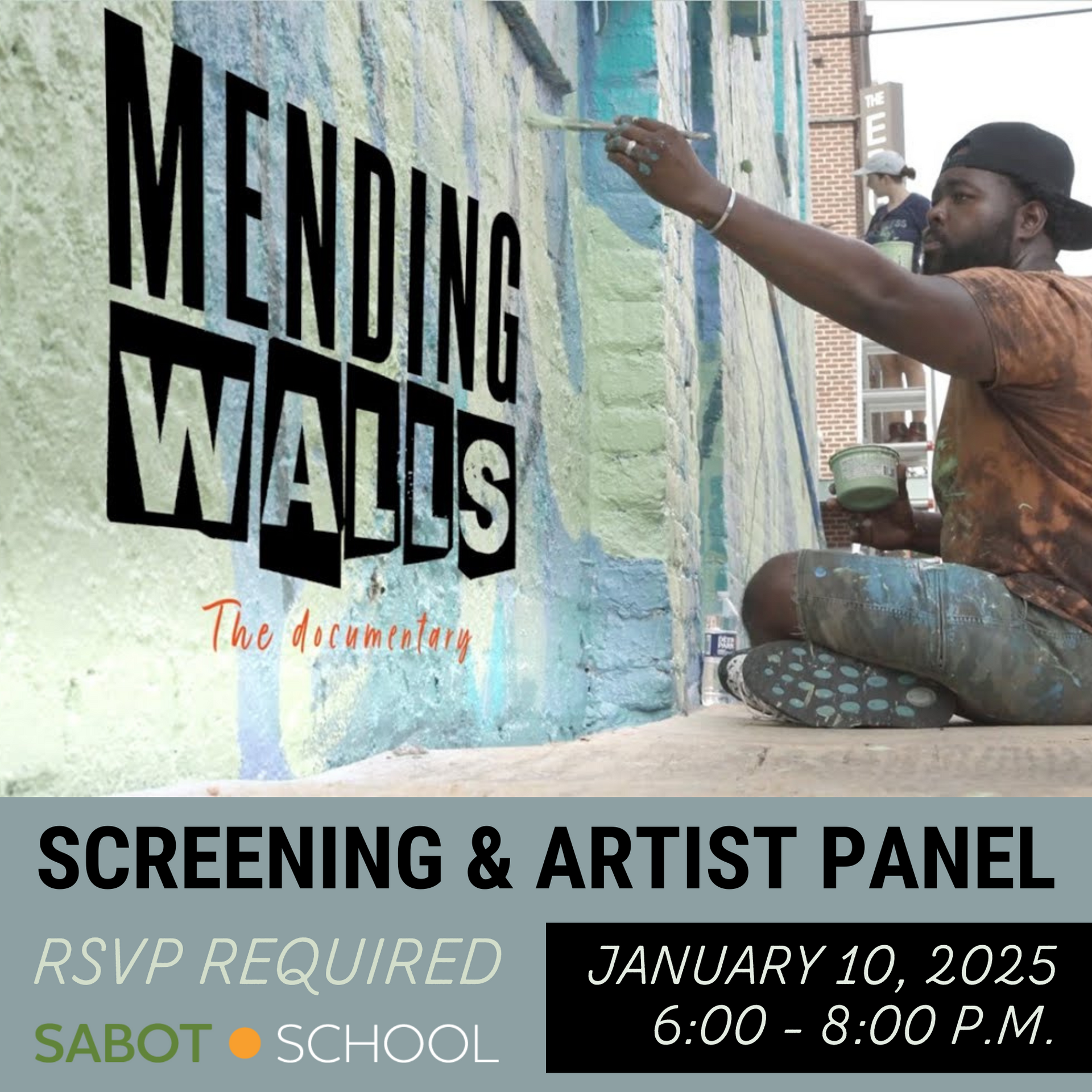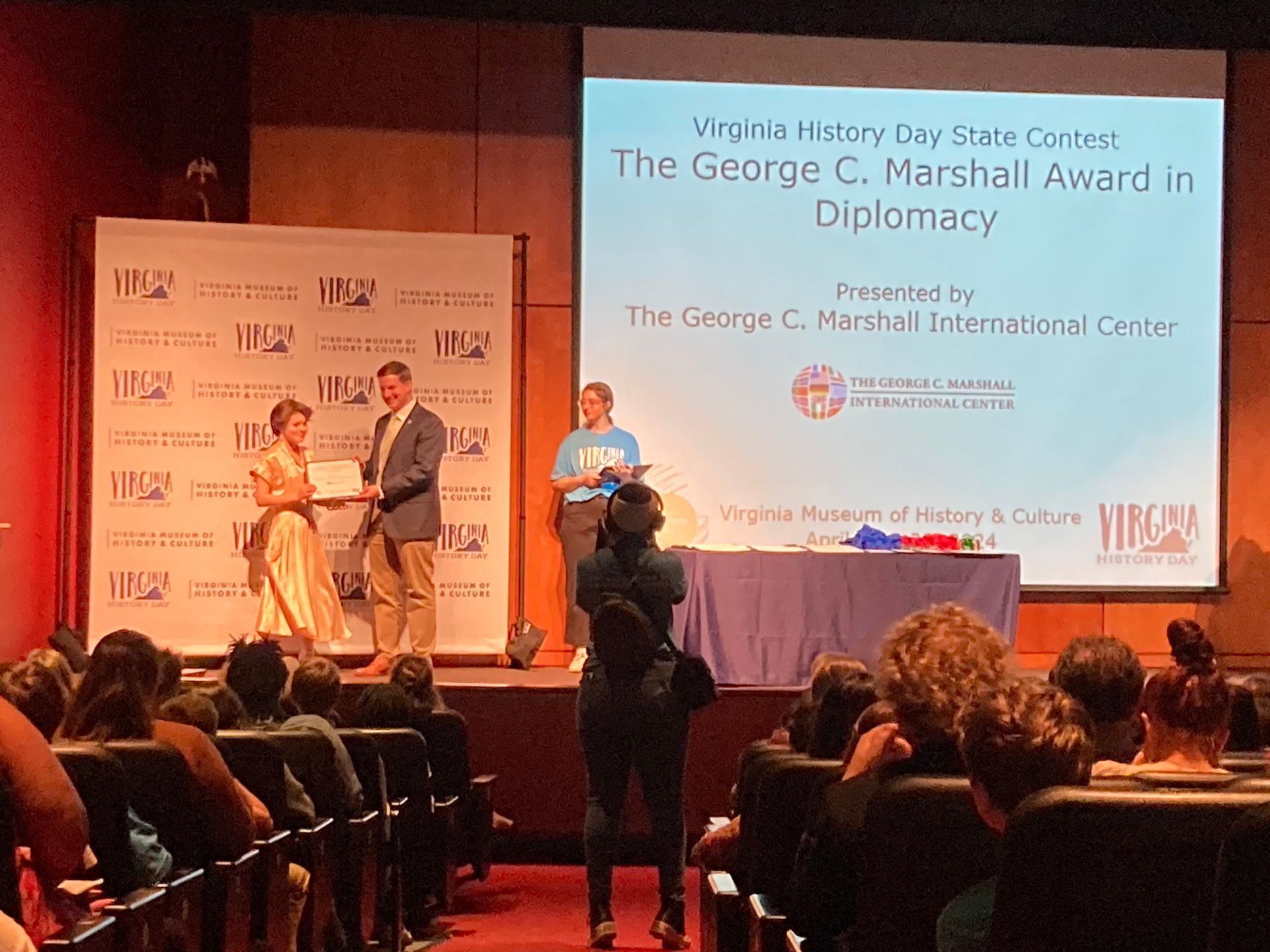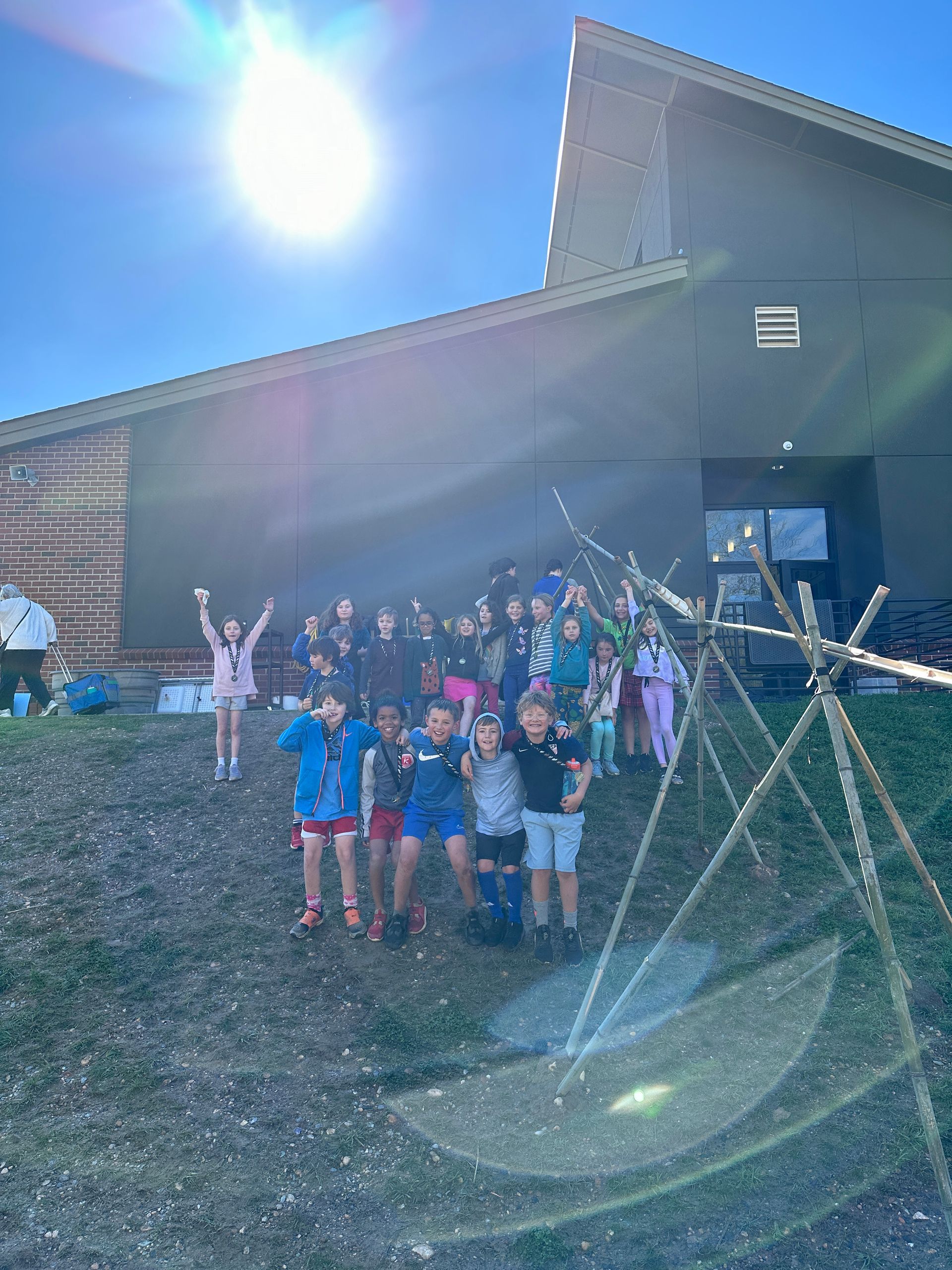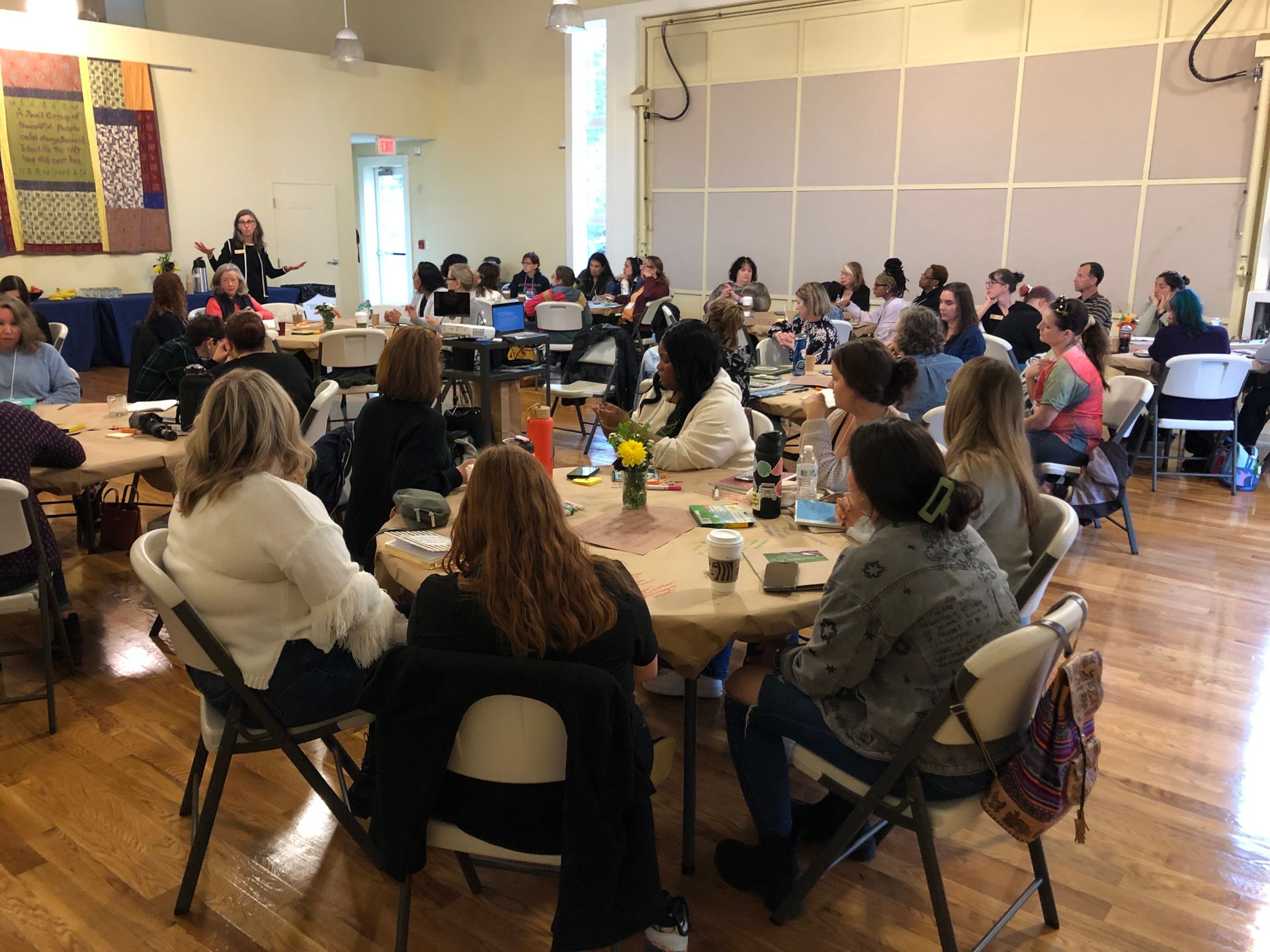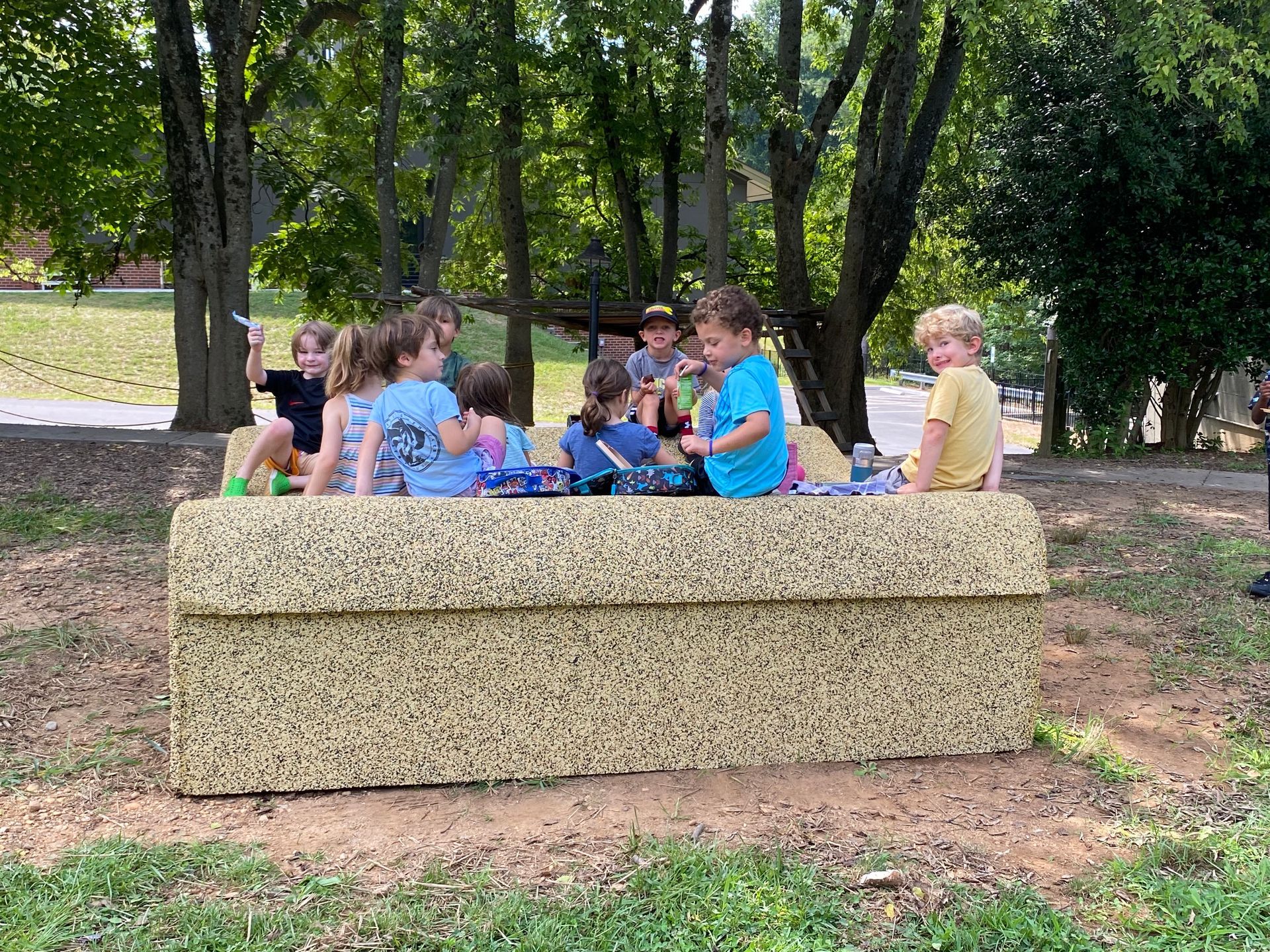There Must Always Be A Foundation: Listening, Mindfulness, and “Turtleness,” Part 2
Self-awareness is…
-
- Elina: You’re aware of what you’re doing.
- Luke: You’re aware that you’re going to do something.
- Evan: You have to know a time and a place to do stuff.
- Harper : You have to think before you act.
- Nathan : Knowing your strategies. Know when you have to take a break.
- Leo: Managing your impulses. Manners.
To be aware of ourselves and cognizant of what our actions communicate and how they affect others is the deeply introspective work of understanding how mindfulness works internally and externally. In processing what we had observed and learned through our talking and listening charade activity and Henry’s picture, we proposed that the children find their own solutions to help listeners and talkers in our class feel seen, heard, and supported, without teacher intervention.
- Brycen: Sign language. If you knew it you could tell them to stop in sign language.
- Reed: I agree with Brycen that if you do that (use sign language) then you wouldn’t have to get a teacher.
- Sadie: You could make up a thing you could do in your body between you two (a sign or signal)
We invited the children to come up with their own non-verbal signals to help the class focus and support respectful listening and talking. The children generally agreed that the simpler and more direct the sign, the better, and that there should not be any noise generated by the signal. One strategy, using a finger snap to get attention, was deemed by the group to be too loud and the potential for distraction too great. This was also their take on passing a two-fingered tap around the room…again too distracting, given the group’s propensity for silliness and physicality.
Together, they decided which signals would be best to keep:






- Top left and middle: BRING IT DOWN – slow hand drop (teachers to class)
- Top right: THE LOTUS – slow hand closure (student to student)
- Bottom left: DOUBLE TAP – two finger shoulder tap (for someone near you that needs a reminder to stay focused)
- Bottom middle and right: BREAK UP/stop side conversations: slowly pull index fingers away from each other
This student-generated – and agreed upon – system then became another self-awareness tool in their self-regulation tool kit to promote better listening and supportive space for talking. It is a system that has admittedly needed weekly revisitation since its introduction, but it is a system that came from them as a self-regulation support. Coming to consensus on a system of signs meant that everyone agreed to use them and knows their meaning as a way to promote community and reciprocity.
My co-teacher Nicole Davis has been taking ASL (American Sign Language) classes in the evenings to learn how to communicate with her daughter and she shared some ASL charades with the class to help them think more deeply about how much of our communication is truly non-verbal in nature. In pairing up the students, she asked each partnership to use only their face (no body signals or sound) to communicate emotions – Partner A would show an emotion and Partner B would mirror that – then they would switch places with the next emotion given. The children noticed how very difficult it was to communicate without body language.
- Leo: It’s hard to describe something in just one way. We describe in multiple ways. Normally, there are many more ways.
- Sadie: You know that you can use your body parts, but it’s hard to show “nervous” [with just your face]…the no [using your] body part was hard. It’s hard because you can’t talk…you make it better when you use your body. Then you have a more detailed description of what you’re trying to do.
- Nicole: All those extra things that we do…add meaning to what we say. In ASL, they’re called non-manual markers. Body language is important.
We began to wonder how the children would respond to instrumental music as a non-verbal language. We selected both energetic and slow, contemplative pieces of music and asked our students to tell us what they thought the music was communicating. In their discussions, they agreed that music is another way to express feelings and emotions, a descriptive language able to convey mood, tone, and narrative that can stand alone or add deeper understanding to verbal and other non-verbal modalities. Different styles of music provided very individual, subjective guesses as to their possible meaning, but regardless of the kind of music played, the children’s responses were immediate and intensely felt and expressed.
- Sadie: [Music] is like dialogue. If they are saying something they’re excited about, you can tell. [The music] might be fast. If they are mad, [the music] might be low…
- Carlin: By adding music, it can make a single movement happy or chilling…
- Nathan: It will give you a clue of danger, or maybe a happy feeling.
- Weston: [It gives you] detail.
- Sadie: People [in our class] had descriptions [of the music] right after they heard it because that’s just how your body works. You hear a song and you think of something that is probably going to happen or is happening in your mind, like if it’s a slow piano song, you may think of a mom singing her baby to sleep. Music helps that to be very clear.
- Harper: Because your heart follows the beat because it connects to your ears so it follows the beat and tells you how to dance and how to move. Then your feet are listening to your heart.
- Luke: Your heart will beat the song.
 Playing Debussy’s Claire de Lune,
we invited the the children to try performing to it in any way they liked. Those brave enough to give it a try performed slowly and gracefully, like they had seen in ballet performances, but then one student tried communicating something completely different within the two languages of music and performance- “turtleness.”
Playing Debussy’s Claire de Lune,
we invited the the children to try performing to it in any way they liked. Those brave enough to give it a try performed slowly and gracefully, like they had seen in ballet performances, but then one student tried communicating something completely different within the two languages of music and performance- “turtleness.”
Left: N. invited me to perform with him in a turtle dance, as two turtles moving slowly to Debussy. Moments later, we noticed that “turtleness” and slowness were much harder to achieve when the music was faster (a la Herbie Hancock’s song Rockit ) just like focus, mindfulness, and listening can be harder in an environment with more energy and distraction. In the first video below, our bodies are listening and trying to slow down and communicate at the same time; we are trying with great difficulty to slow our turtles down, and you can see how some of the other students can’t help responding to the fun and energy of the music. In the second video link, the entire class tries on “turtleness” as we go back to listen and perform to Debussy once more. This is the first of their many preliminary attempts to figure out a turtle performance together, and here you can see we still have some work to do. It is quite revealing watching this in hindsight and knowing how their collaborative choreography has evolved from these first moments (posts to come).
It was in honoring this playful moment, exploring it, and taking it seriously that the children began to build metaphorical and experiential connection to the work of listening. As a class, we began to consider how thinking and performing like a turtle (with only non-verbal communication tools at our disposal) requires significant mindfulness and intention to individually and collaboratively express the idea of “turtleness” to others. Continued revisitation of these ideas helped the children move past their early discomfort and self-consciousness in performing before (and with) their peers and created real investigative and creative buy-in.
The post There Must Always Be A Foundation: Listening, Mindfulness, and “Turtleness,” Part 2 appeared first on Sabot at Stony Point.
SHARE THIS POST
